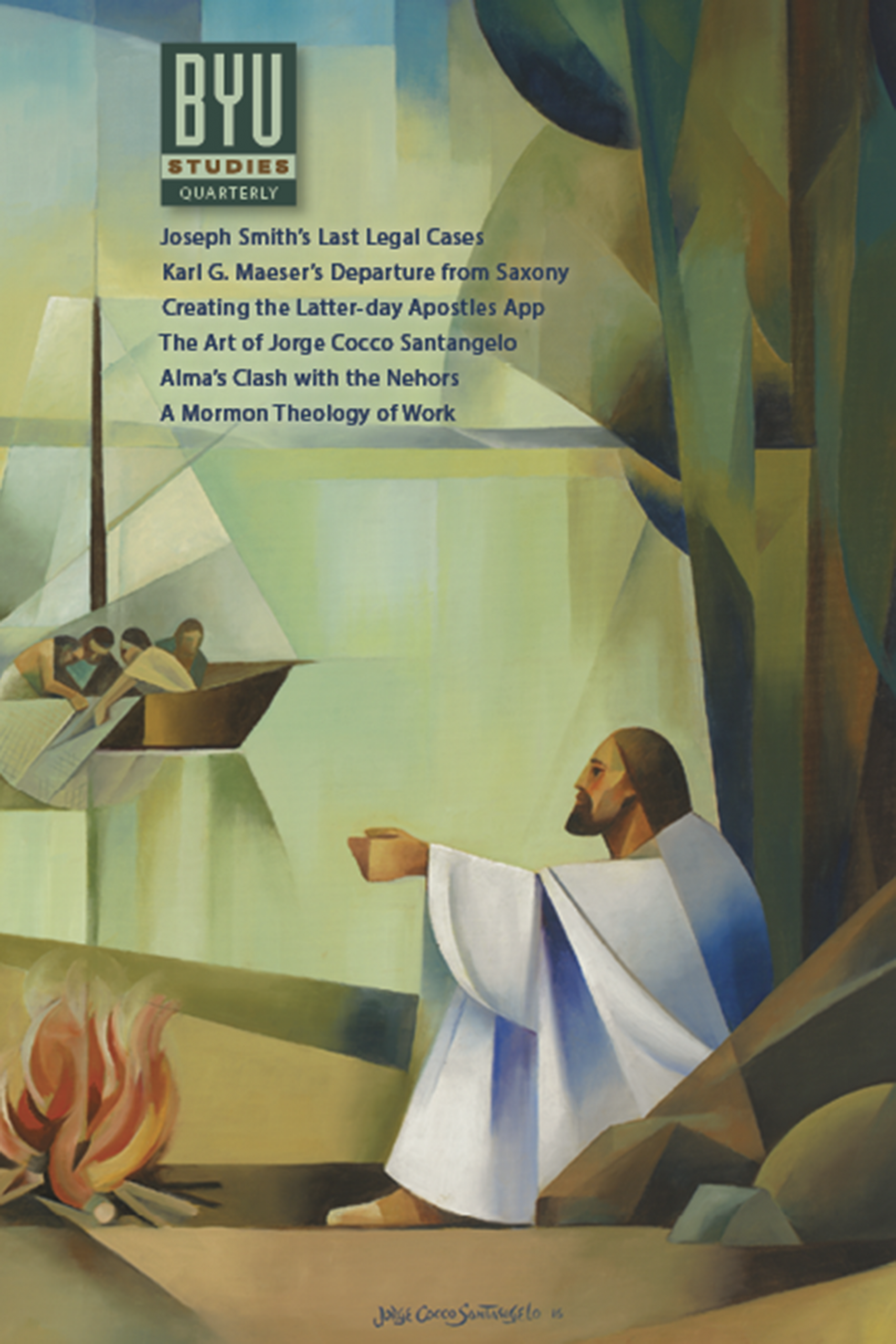Last Laborer
Thoughts and Reflections of a Black Mormon
Book Notice
-
By
Scott R. Parkin,
Last Laborer: Thoughts and Reflections of a Black Mormon by Keith N. Hamilton (Salt Lake City: Ammon Works, 2011)
Somewhere between memoir and testimonial lies a category of work where an accomplished person attempts to explore the particulars of their own experience in a way that is both useful and interesting to others. Keith N. Hamilton’s Last Laborer: Thoughts and Reflections of a Black Mormon explores his personal history in the context of being a black convert to The Church of Jesus Christ of Latter-day Saints soon after the revelation on the priesthood was announced. The narrative neither accuses nor defends, choosing instead to simply explore how he has integrated his often difficult experience with a strong sense of identity and a hopeful faith in a clear, direct, and very readable personal voice.
The author coins the term “doctrimonial” to describe the work, underpinning its peculiar nature as a combination memoir, doctrinal explication, and personal interpretation—a model mirrored in the book’s three sections. The first section is a memoir that explores key experiences growing up in traditional African-American culture in and around the Jim Crow South. Those challenges prepared him to hear and accept the gospel as a student at North Carolina State University—and deal with the social and cultural backlash that he felt both as he finished his undergraduate degree at NC State and as he went on (after serving an LDS mission) to the somewhat alien environment of Brigham Young University, being the first black student accepted at the J. Reuben Clark Law School. Hamilton is clear and direct about the dissonance he often felt as he tried to reconcile a gospel of peace and unity with a culture that had not yet learned to comfortably accommodate an accomplished black Mormon, particularly one with a peculiar sense of humor.
The second section lays out the commonly understood understanding of doctrine on blacks and the priesthood, then supplements it with his own hard-won understanding of that same doctrine. This section is a bit unusual in that it works to explain rather than attack or condone, and shows a remarkable charity even while exploring the mismatches between practice and preachment. Hamilton explores the historical context leading up to the revelation on the priesthood, the process of obtaining that revelation, and the sometimes harsh responses to it both inside and outside the Church. This is also where he presents and explicates the parable of the laborer as a thematic and metaphorical frame for integrating the three sections and directly addressing the ongoing challenges still faced by the Church.
The third section then goes on to show Hamilton’s personal understanding and testimony of hope, as well as his calling on the Church to embrace the challenge of building a more perfect faith with a perfect brightness of hope—difficult history and personal experience notwithstanding. His emphasis on understanding, without either condemning or condoning, reveals a strong testimony of both the gospel of Jesus Christ and its (ongoing) restoration.
Last Laborer is a powerful exploration of racial issues offered with admirable clarity, incisive wit, and a deep and abiding charity that speaks eloquently to the challenge and promise of a constant and hopeful effort to draw nearer to the truth.
Notes
- From the Editor 55:2
Introduction
- Road to Martyrdom: Joseph Smith’s Last Legal Cases
- Why and How Did Karl G. Maeser Leave Saxony?: New Documents Offer New Insights
- By Simple Yet Propitious Means: The Art of Jorge Cocco Santángelo
- Visualizing Apostolic Succession
- Answering for His Order: Alma’s Clash with the Nehors
- “To Dress It and to Keep It”: Toward a Mormon Theology of Work
Articles
- Almost a Psalm, about Inheritance
- On waking, He makes His bed
- Conversations with Mormon Historians
Poetry
- Building Zion: The Material World of Mormon Settlement
- Wandering Realities: The Mormonish Short Fiction of Steven L. Peck
- The Mormon Tabernacle Choir: A Biography
- From Darkness unto Light: Joseph Smith’s Translation and Publication of the Book of Mormon
- Salt; Genius Loci
Reviews
- Talking Doctrine: Mormons and Evangelicals in Conversation
- Last Laborer: Thoughts and Reflections of a Black Mormon
- The Oxford Handbook of Mormonism
- Meine Suche nach dem lebendigen Gott: Gedanken aus dem Leben von F. Enzio Busche
Book Notices
Purchase this Issue
Share This Article With Someone
Share This Article With Someone
Conversations with Mormon Historians
Print ISSN: 2837-0031
Online ISSN: 2837-004X


